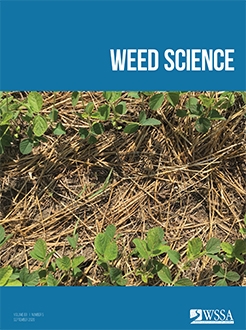BioOne.org will be down briefly for maintenance on 13 August 2025 between 18:00-21:00 Pacific Time US. We apologize for any inconvenience.
MY VIEW (1)
RESEARCH ARTICLES (14)
CORRIGENDUM (1)

